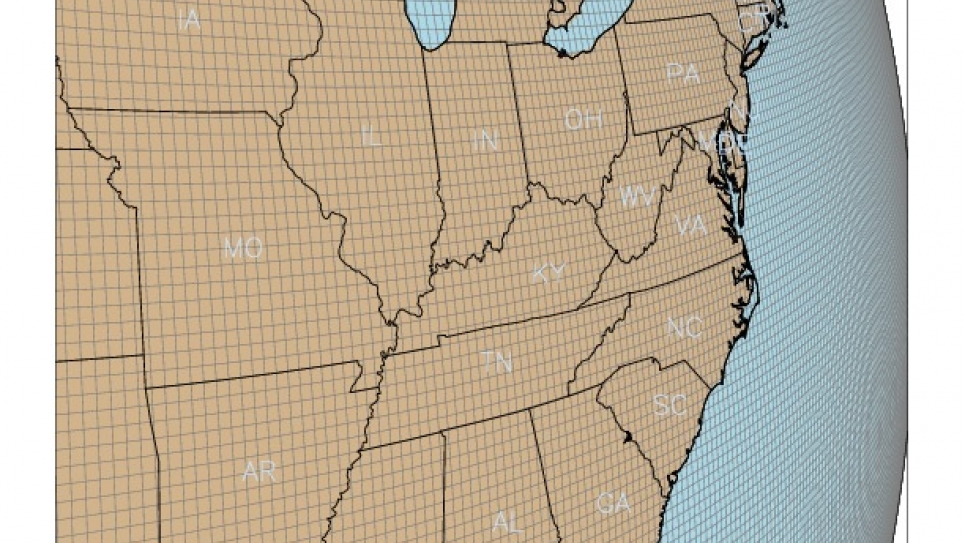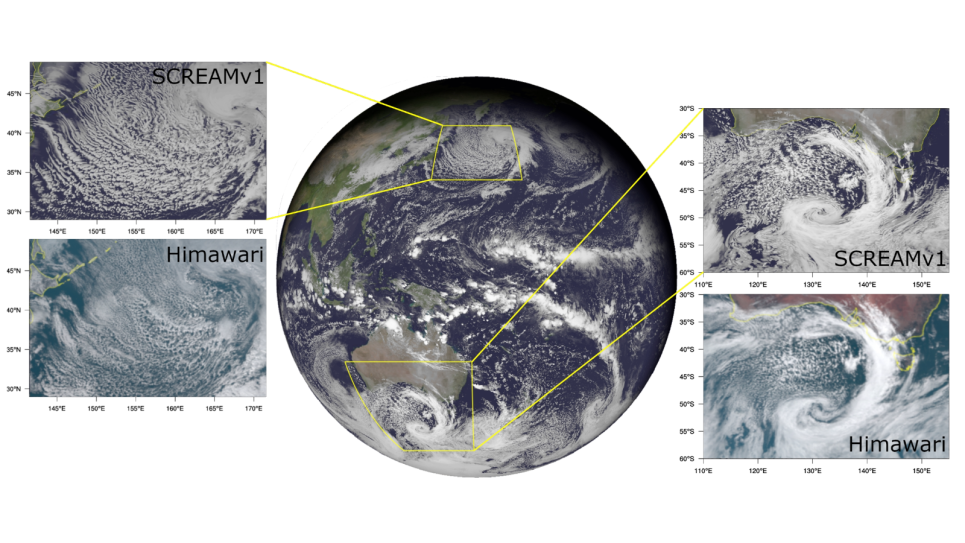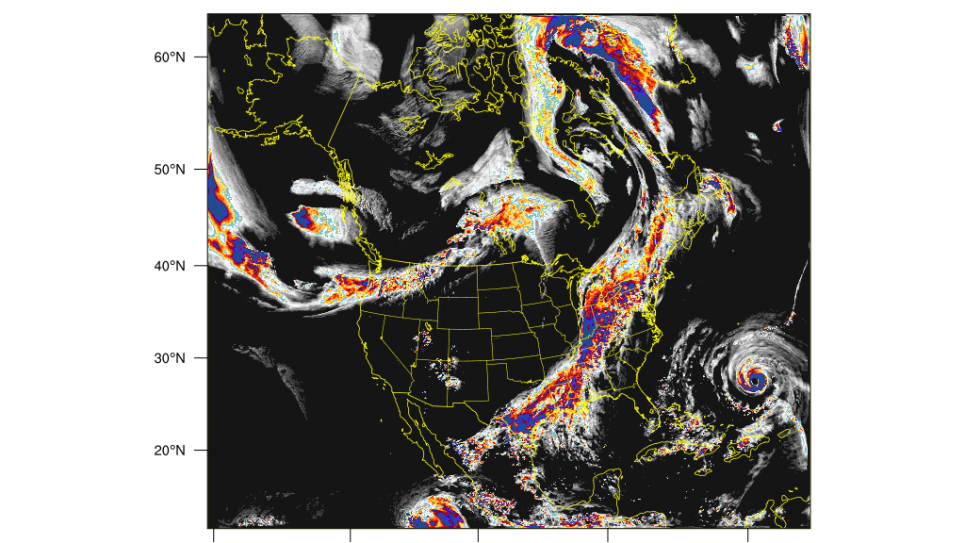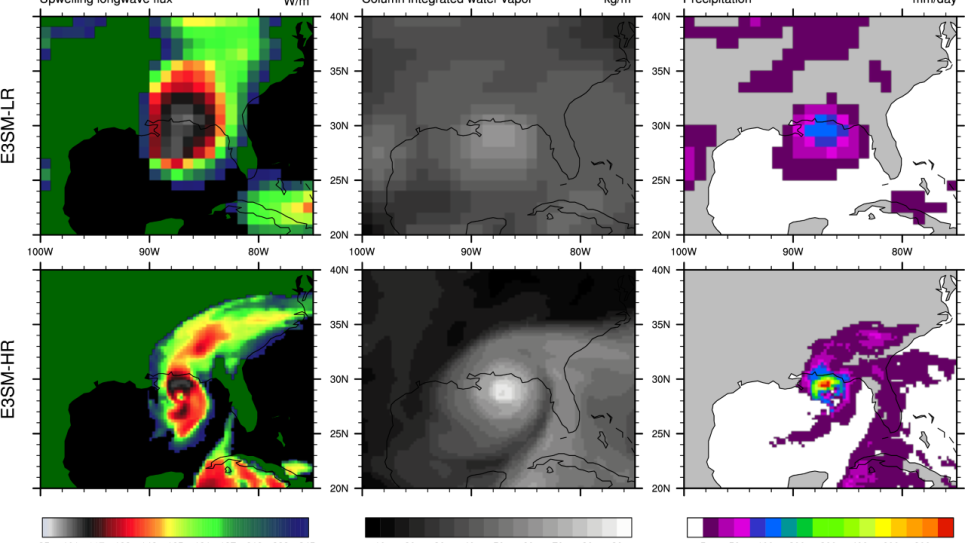
CESM Century-Scale Climate Experiments with a High-Resolution Atmosphere
Researchers at the University Corporation for Atmospheric Research (UCAR) will carry out a specific set of climate change simulations using the Community Earth System Model (CESM) at the highest possible atmospheric resolutions. The proposed simulations represent a subset of those needed for control, historical, and future experiments.
This INCITE research will build upon UCAR’s previous and collaborative work on how weather and climate extremes could change in a future warmer climate by analyzing century-scale climate simulations. Run with the latest release of CESM, they will accomplish these simulations using an atmosphere/land horizontal resolution of approximately 0.25°and an ocean/ice resolution of approximately 1.0°.
The proposed experiments are at the highest resolution currently feasible for century-scale climate simulations and represent a sweet spot in the simulation of extreme events. Leadership-class computers such as ALCF’s Mira, an IBM Blue Gene/Q, provide the opportunity to jump over evolutionary improvements in climate modeling directly to groundbreaking levels of science. For example, current production simulations have the atmosphere and land at an approximate 1° resolution. Tests show, however, that 0.25° simulations are able to more realistically resolve important new dynamical features.
The simulations will supplement and complement control and historical simulations being performed at other facilities by the National Center for Atmospheric Research’s CESM group. The overall plan begins with a 100-200-year control run with all forcing constituents, such as greenhouse gases, held constant at 1850 values; and a historical climate simulation, 1850 to 2005, with time-evolving forcing constituents, both natural and anthropogenic.
These simulations are useful in constraining future climate projections and in identifying future climate states, ranging from regional extreme events to global average temperature.


